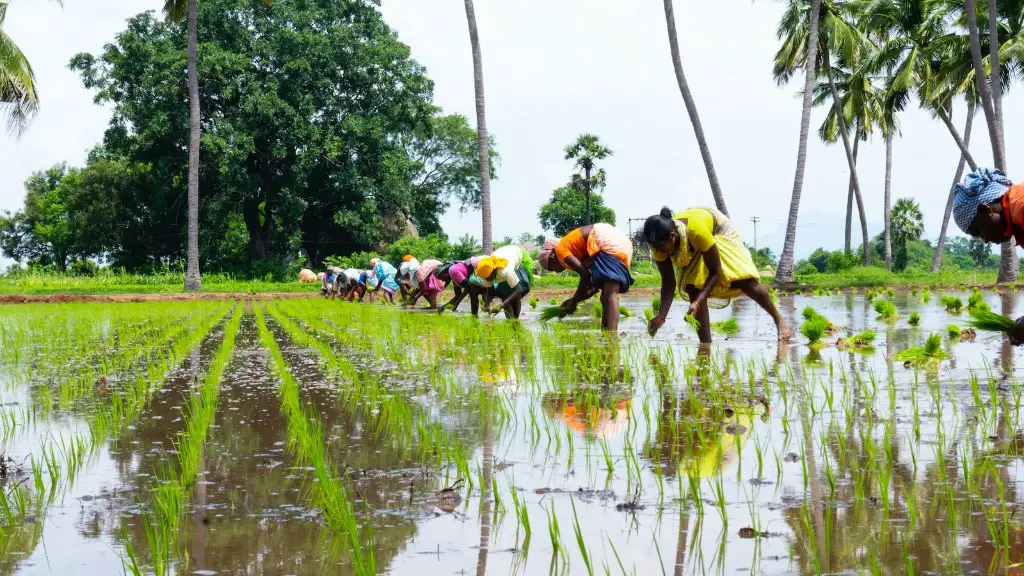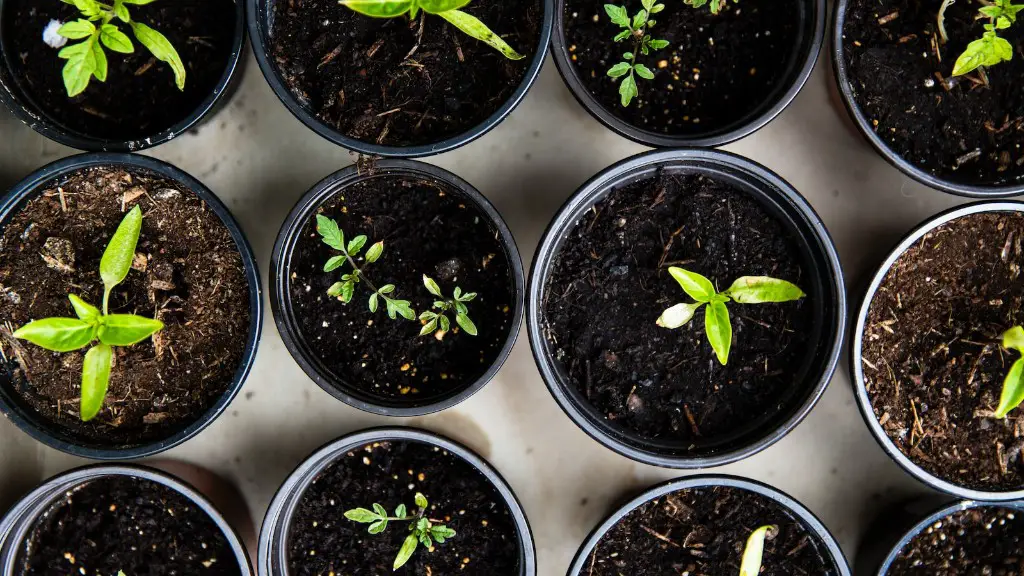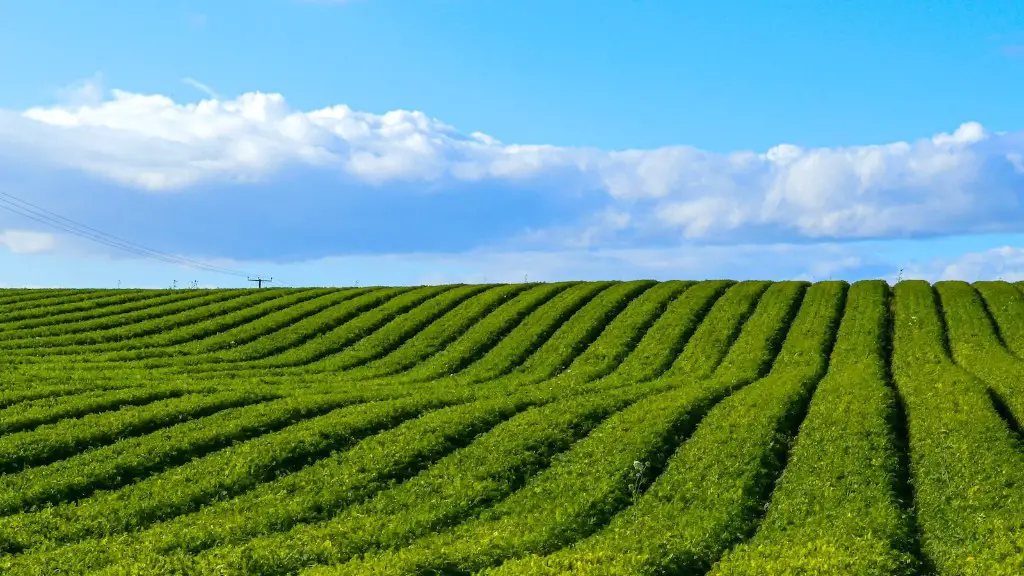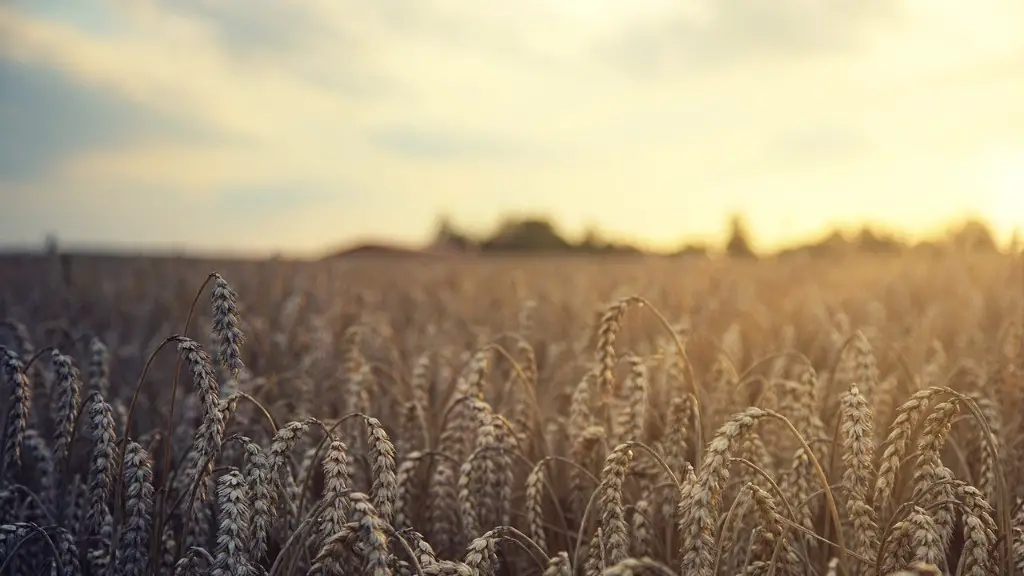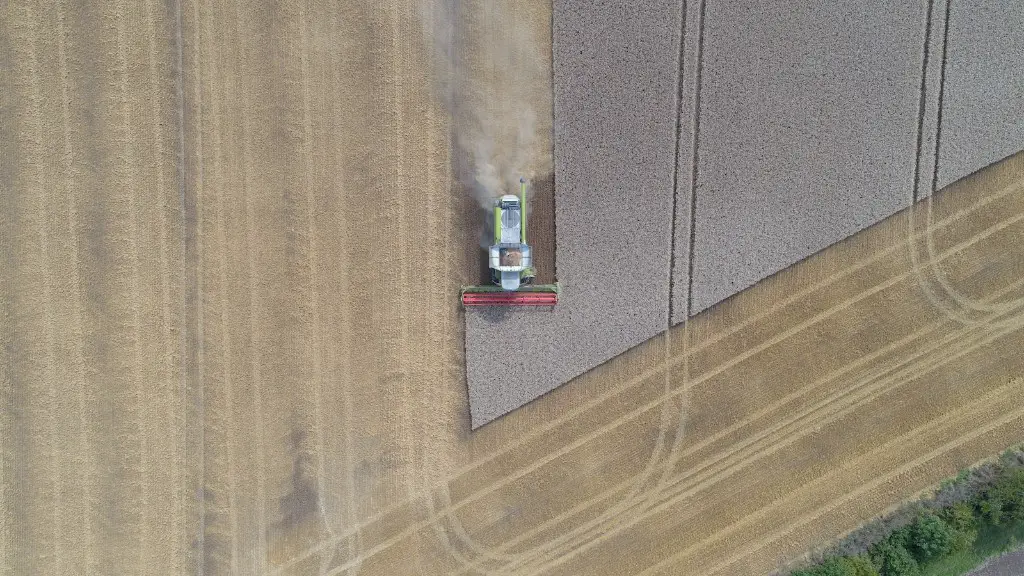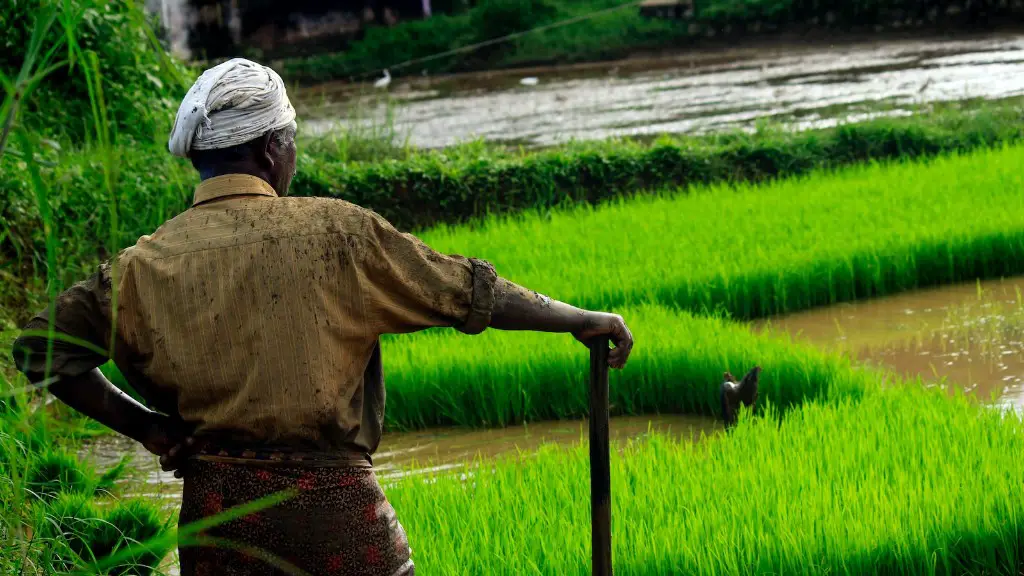The first evidence of agriculture dates back to 10,000 BC in the Fertile Crescent region of the Middle East. Native Americans began practicing agriculture in the Americas around 5,000 BC. Today, agriculture is a vital part of many cultures and continues to play a significant role in human society.
There is evidence that agriculture was first practiced in the Middle East, specifically in the Fertile Crescent region. This is where crops such as wheat and barley were first domesticated, and where early irrigation systems were developed. Agriculture quickly spread to other parts of the world, as it was an efficient way to produce food.
When was agriculture first practiced?
The agricultural revolution was a pivotal moment in human history, marking the transition from a nomadic, hunter-gatherer lifestyle to a more settled, agrarian one. This shift allowed for the formation of communities and the growth of civilizations.
Today, agricultural communities continue to play a vital role in the global food supply. They provide us with the fruits, vegetables, grains, and meat that we need to survive. And, as the world population continues to grow, agricultural communities will become even more important in ensuring that everyone has enough to eat.
The Egyptians were one of the first peoples to practice agriculture on a large scale. They started in the pre-dynastic period from the end of the Paleolithic into the Neolithic. This was between around 10,000 BC and 4000 BC.
What was the first agriculture
Humans invented agriculture during the Neolithic era, or the New Stone Age. There were eight Neolithic crops: emmer wheat, einkorn wheat, peas, lentils, bitter vetch, hulled barley, chickpeas, and flax. The Neolithic era ended with the development of metal tools.
However, a new study has found evidence that farming may have actually originated much earlier, as far back as 23,000 years ago, in a region known as the Fertile Crescent. This is a region that includes the modern-day countries of Iraq, Iran, Syria, and Turkey.
How and why did humans start practicing agriculture?
Climate change and overhunting are two possible reasons why early humans may have started to practice agriculture. If the climate became too cold or dry to support wild food sources, humans would have needed to find a new way to get food. Overhunting could also have led to the extinction of some well-known species, which would have created a shortage of food. These shortages may have forced humans to settle down and start growing their own food.
In the past, when the climate was changing, people observed places where edible plants were found. They started growing their own plants and thus, became farmers. This allowed them to have a food source that was not as affected by the changing climate.
What is origin in agriculture?
Agricultural origins refers to the places and circumstances that produced cultivated plants and tamed animals. Genotypic (genetic) and phenotypic changes turned wild/cultivated species into domesticates. Cultivation and domestication are distinct.
Farming started in the predynastic period at the end of the Paleolithic, after 10,000 BC. At first, people farmed only for their own subsistence, but later they started to produce surpluses that could be traded. Staple food crops were grains such as wheat and barley, alongside industrial crops such as flax and papyrus. In India, wheat, barley and jujube were domesticated by 9,000 BC, soon followed by sheep and goats.
Who was the first farmers on earth
The new study shows that the first farmers actually represented a mixture of Ice Age hunter-gatherer groups, spread from the Near East all the way to south-eastern Europe. This means that the origins of agriculture are more complex than previously thought. The study also has implications for our understanding of the spread of agriculture across Europe.
Agriculture is thought to have begun during the Neolithic Era, before roughly 9000 BCE. At this time, polished stone tools were developed and the last ice age ended. Historians have several theories about why many societies switched from hunting and foraging to settled agriculture. One theory is that the climate was more stable during this time, making it easier to grow crops. Another theory is that the population was growing, and agriculture allowed for more people to be fed. Whatever the reason, agriculture has had a major impact on human history.
When did agriculture start in Mesopotamia?
The regular flooding of the Tigris and Euphrates rivers made the land around them especially fertile, which made it an ideal location for the start of the Neolithic Revolution. This agricultural revolution began almost 12,000 years ago and changed the way that people lived and operated. It was a significant turning point in history and set the stage for many of the advances that we see today.
There are a few reasons why the onset of the Holocene might have been an attractive time for agriculture to begin. For one, the warmer, wetter conditions of the Holocene would have generally encouraged plant growth. Additionally, the higher CO2 levels during this time period would have also made it easier for plants to photosynthesize and grow. Childe (1951) and Sage (1995) are both supportive of this hypothesis.
What are the ancient agricultural practices
The South Indian region around the river Kaveri is considered to be one of the oldest areas of sustained agriculture in the world. This is due to the fact that early settlers in the area developed a system of ploughing, manuring, weeding, irrigation and crop protection that allowed them to maintain a high level of agricultural production over an extended period of time. This system is still in use today and continues to be an important part of the agricultural economy in South India.
Field experiments are important for studying plants and their cultivation systems. They allow for the comparative study of different plants and cultivation methods. By using improved methods of experiment design and statistical analysis, field experiments can provide valuable insights into the best ways to grow and cultivate plants.
Did agriculture originate in Africa?
Farming first emerged in West Africa at around 3000 BCE. It first appeared in the fertile plains on the border between present-day Nigeria and Cameroon. It is possible that there was finally a “Garden of Eden” there to “trap” people into early farming.
Agriculture is believed to have originated in a few small hubs around the world, but the Fertile Crescent is thought to be the birthplace of agriculture. The Fertile Crescent is a region of the Near East that includes parts of modern-day Iraq, Syria, Lebanon, Israel and Jordan. This region has a long history of agriculture, and it is thought that early farmers in the Fertile Crescent developed many of the techniques and technologies that are still in use today.
Who were the first farmers in America
Native Americans have been farming domesticated crops in the Eastern Woodlands, the Great Plains, and the American Southwest for centuries. They have developed sophisticated irrigation systems and have cultivated a wide variety of crops, including corn, beans, squash, and tobacco. Native American farmers are highly skilled in using the natural resources of their land to provide for their families and communities.
The Fertile Crescent played a significant role in the Neolithic Revolution, as it was here that humans first began to take up farming. The Neolithic Revolution began around 10,000 BC, and saw Stone Age humans in other parts of the world also begin to practice agriculture. The Fertile Crescent is a boomerang-shaped region of the Middle East, and its fertility helped to spur the early adoption of agriculture.
Warp Up
The first known use of agriculture dates back to around 10,000 BCE in the Fertile Crescent region. Agriculture allowed for the domestication of plants and animals, which led to the development of civilizations.
The answer to this question is still debated by historians and archaeologists, but there are a few possible answers. One theory suggests that agriculture first developed in the Fertile Crescent of the Middle East, while another suggests that it started in China. Regardless of where it started, agriculture has played a key role in human history and has allowed us to domesticated plants and animals, which has helped us to survive and thrive.
